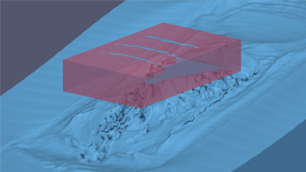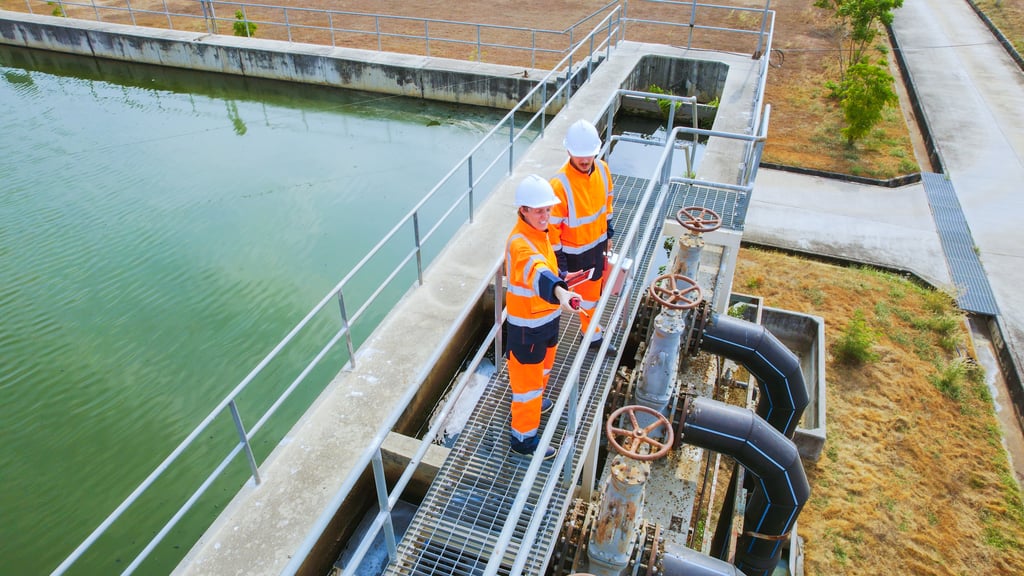Over the past few years extreme weather conditions have not been as rare as previously estimated and have had a devastating effect on vessels and offshore structures, causing local damage or toppling.
 Over the past few years extreme weather conditions have not been as rare as previously estimated and have had a devastating effect on vessels and offshore structures, causing local damage or toppling. Accounting for these forces is an important consideration in both the design and life-extension stages of offshore fixed platforms.
Over the past few years extreme weather conditions have not been as rare as previously estimated and have had a devastating effect on vessels and offshore structures, causing local damage or toppling. Accounting for these forces is an important consideration in both the design and life-extension stages of offshore fixed platforms.
One of the key factors that needs to be considered in the design is how high should a fixed platform be above the ocean’s surface at its most extreme – a distance known as air gap. If the deck level is not set at a sufficiently high level, the large waves may engulf the topsides which can substantially increase the risk of structural collapse. But increasing the platforms height is costly, so what is the optimum the height?
The answer to this question is what a group of researchers of our Singapore Global Technology Centre (GTC) are seeking. Instead of using physical water basin to study the effects of extreme waves, they are using advanced numerical tools to create unique wave conditions and calculate the forces of these numerical waves on a virtual platform.
The project is called Wave in Deck and is a collaborative project between the our Signapore Global Technology Centre and the Institute for High Performance Computing. This paper from issue one of Technology Insight looks at the work into the use of Computational Fluid Dynamics (CFD) to recreate wave simulations to assess the impact they have on offshore platforms and structures.




